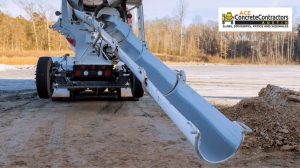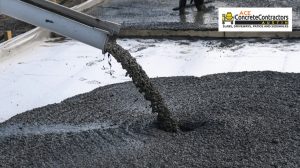Table of Contents
Concrete is a versatile building material that forms the foundation of modern construction. This durable stone-like material, used in reinforced concrete structures to simple concrete slabs, is vital in the industry.
This comprehensive guide will explore everything you need to know about modern concrete, from its definition and components to its manufacture and use in building construction.
Concrete Unveiled: Explore the essence, components, grades, and more in our comprehensive guide! 🏗️📚 Dive into the world of concrete at https://t.co/QAIkIUWpLc #Concrete101 #ConstructionInsights #AustinTX #ConcreteContractors pic.twitter.com/thpyZaPAZd
— Ace Concrete Contractors Austin (@aceconcreteatx) January 12, 2024
The 12 Different Types of Concrete
The manufacturing industry is evolving, with it, the materials used for building construction. One such material that has stood the test of time is concrete.
Overall, the versatility and durability of concrete have made it one of the most used building materials worldwide. Did you know that there are about 12 different types of concrete? We’ll list the variations in the section below, from heavy-duty materials to pervious concrete.
Reinforced Concrete
This combines Portland cement, steel reinforcement bars, and concrete. Builders use reinforced concrete in construction due to its exceptional tensile strength and durability. The steel reinforcement bars provide added longevity. This makes it suitable for structures that need high load-bearing capacity.
Asphalt Concrete
Also known as bituminous concrete, asphalt concrete is popular for road construction. You can make it by mixing asphalt cement, fine aggregates, and mineral fillers. This concrete provides a smooth, durable surface that can withstand heavy traffic and hot weather conditions.
Self-leveling Concrete
This is a modified concrete mixture that has the unique ability to level itself without the need for excessive troweling or finishing. It flows into place and forms a level surface.
Self-leveling concrete technology is ideal for flooring projects. You can use this material where you need a smooth, level surface, such as in warehouses, commercial spaces, or decorative overlays.
Ready Mix Concrete
RMC is pre-mixed concrete delivered to the construction site in a ready-to-use state. It’s precisely proportioned and mixed to meet specific project requirements.
You can use it in various construction projects, from residential foundations to large-scale infrastructure projects. This saves builders time and ensures consistent quality.
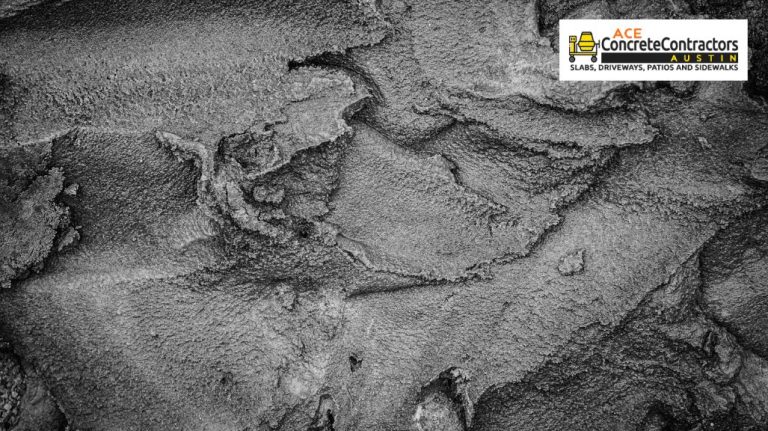
Pre-stressed Concrete
Next, pre-stressed concrete is an engineering material where you must add internal stresses before introducing it to external loads. This helps counteract tensile stresses, making it stronger and more resilient.
It is commonly used in bridges, parking structures, and high-rise buildings to increase load-bearing capacity and prevent cracking.
Roller Compacted Concrete (RCC)
RCC is a stiff, zero-slump mixture placed with asphalt-like paving equipment. It’s known for its rapid construction capabilities and compressive strength.
Builders use this concrete technology in dams, road bases, and industrial pavements where quick construction and high durability are essential.
High-Performance Concrete (HPC)
HPC has superior characteristics compared to a conventional concrete plant. You can make it with a precise mixture of cement paste, fine and coarse aggregates, water, and sometimes chemical additives. High-performance concrete offers enhanced durability, strength, and resistance to various environmental conditions.
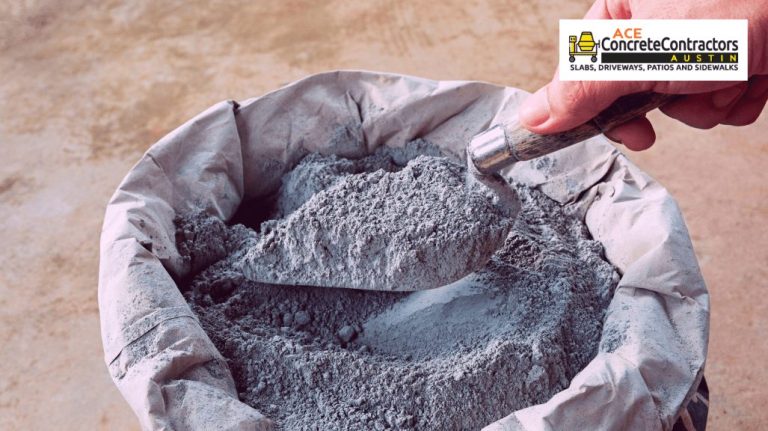
8. Ultra-high-performance Concrete (UHPC)
Ultra-high-performance concrete takes HPC to the next level. It comprises a precise blend of supplementary cementitious materials, structural elements, reinforcing materials, aggregates, and special additives.
UHPC exhibits exceptional compressive strength, durability, and abrasion resistance. This makes it suitable for demanding industrial structures like bridge construction and architectural facades.
Fiber Reinforced Concrete
FBC incorporates fibers (usually steel, crushed glass, or synthetic materials) to enhance structural integrity, reduce cracking, and improve toughness. Fiber-reinforced concrete is widely used in industrial floors, tunnels, and precast elements where added durability is essential.
Lightweight Concrete
Further down the list, we have a lightweight variation. This material incorporates fine elements like expanded clay, shale, or slag.
Pervious concrete like this offers reduced weight and improved thermal insulation properties. Lightweight Roman concrete is often used in construction projects where weight reduction is critical, such as precast panels and masonry blocks.
Polymer Concrete
Finally, we have polymer concrete. This composite material combines a polymer resin with mineral aggregate and filler.
The resulting material is highly resistant to chemicals, corrosion, and abrasion. Polymer concrete is commonly used in applications that need a durable, non-porous, and chemically resistant material. This includes industrial flooring and sewage pipes.

Self-consolidating Concrete
This is one of the newest forms of concrete in the industry. It is a flowy material that looks like pancake batter. SCC has high compressive strength and enhanced stability.
What Is a Modern Concrete Mix Made Of?
At its core, concrete is a composite material used in construction. It comprises three primary components: cement, water, and fine and coarse aggregates. Combining these elements creates a versatile, durable, and robust building material to mold into various shapes and structures.
Water
Moisture is crucial for the chemical reaction known as hydration. When mixed with cement, it initiates a chemical process that binds the particles together, forming a solid mass.
Portland Cement
Cement is the binding agent in a poured concrete mixture. It’s typically made from limestone, clay, and shale, heated to high temperatures in a kiln. It results in a fine powder called Portland cement. This is the foundational ingredient that gives lime concrete its structural strength.
Fine and Coarse Aggregate
Aggregates are the third essential component of concrete. They come in two types:
Fine Aggregates: These are typically sand or crushed stone with particle sizes smaller than 4.75 millimeters. They fill the gaps between larger aggregates and cement particles, enhancing workability.
Coarse Aggregates: These are larger pieces of crushed stone or gravel, often with sizes ranging from 9.5 millimeters to 37.5 millimeters. They provide structural strength and durability to the concrete slab.
Various Grades of Cement-concrete
Concrete components have various grades or strength classifications, denoted by a mixed design. These grades range from M5 (with the least strength) to M70 (with the highest strength). The choice of grade depends on the intended use of the concrete.
Contractors use stronger mixes for heavy-duty projects, like building high-rise sites. Weaker mixes are suitable for lighter tasks like pavements. The following section is a detailed list of concrete grades with their compressive strengths:
Standard-grade (M10 – M20)
- M5: 725 psi
- M7.5: 1087 psi
- M10: 1450 psi
- M15: 2175 psi
- M20: 2900 psi
These grades are suitable for non-structural applications.
Medium-grade (M25 – M45)
- M25: 3625 psi
- M30: 4350 psi
- M35: 5075 psi
- M40: 5800 psi
- M45: 6525 psi
Builders use the grades above to construct reinforced concrete structures such as beams, columns, and slabs.
High-grade (M50 – M70)
- M50: 7250 psi
- M55: 7975 psi
- M60: 8700 psi
- M65: 9425 psi
- M70: 10150 psi
These grades are for specialized applications that need exceptional strength and durability. It includes bridge construction or heavy industrial structures.
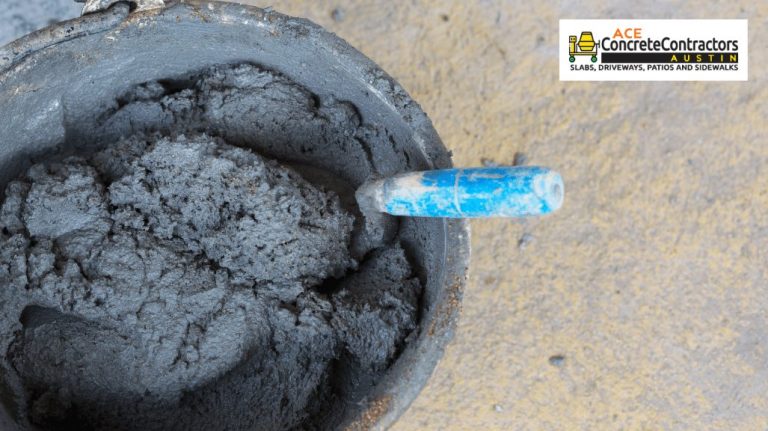
What Are Concrete Admixtures?
Concrete admixtures are a group of specialized materials or chemicals that enhance or modify certain properties of the finished material.
Air-entraining admixtures introduce tiny air bubbles into the mixture. This improves its resistance to freeze-thaw cycles. Set accelerators use calcium chloride to speed up the setting time of concrete. Contractors use them in cold weather conditions to promote faster curing.
On the other hand, set retarders slow down the setting time of concrete. It allows for more extended workability, particularly in hot weather.
High-range water reducers (HRWRs) are superplasticizers that significantly reducing water content while maintaining workability. They are particularly useful in high-strength concrete mixes.
Pozzolanic admixtures contain fly ash, silica fume, or metakaolin. These elements can improve the durability and strength of the resulting concrete.
Uses of Fresh Concrete as a Construction Material
With its versatility and strength, fresh concrete is a fundamental construction material used in various applications. Here’s a closer look at some of the key uses of it in construction:
Buildings and Bridges
It is commonly used to create strong and stable foundations for buildings, ensuring the stability of the structure. Concrete forms the basis for columns, beams, and slabs, providing the framework for buildings and bridges.
Water Structures
The material is essential for constructing large-scale water storage and control structures, such as dams and reservoirs. It’s used to create the channels, locks, and other infrastructure in waterway systems.
Pavements, Patios, Driveways
Fresh and modern cement concrete is a primary material for constructing roads and highways, ensuring their durability and load-bearing capacity. Due to its strength and low maintenance, it’s commonly used for driveways, patios, concrete walls, and walkways.
Frequently Asked Questions
Concrete is undoubtedly one of the most widely used construction materials. However, many still question its composition, properties, and differences with cement. This section might be able to answer your questions.
What Is Concrete Made Of?
Concrete is made of three main components: cement, water, and aggregates (such as sand and crushed stone). Different material variations may also include chemical admixtures and, sometimes, fibers. These components are mixed in specific proportions to create the versatile construction material we know as concrete.
What Is Concrete in Simple Words?
In simple words, concrete is a strong and durable material used in construction. It’s made by mixing cement, water, sand, and crushed stone. When it hardens, it becomes a solid material that can be shaped into various forms, like sidewalks, buildings, and bridges.
What Are the Five Components of Concrete?
The five main components of concrete are cement, water, aggregates, chemical admixtures, and fibers.
What Is Concrete Vs. Cement?
The two terms are related, but they are distinct materials. Cement is one of the primary ingredients used to make concrete. It’s a fine powder made from materials like limestone and clay.
Conversely, concrete is a composite material that mixes cement with water, aggregates (sand and crushed stone), and sometimes additional additives. Concrete is the finished product used in construction, while cement is one of its key components.
What Are Some Historical References About Concrete?
Concrete has been used for centuries, and many Roman structures still stand today as a testament to its durability.
Roman engineers used a variation of precast concrete made from volcanic ash, recycled materials, and lime to construct structures like the Pantheon. These historical references showcase the long-lasting strength and resilience of the material.
Final Words
Concrete is an integral and irreplaceable pillar of modern construction, offering a formidable combination of strength, versatility, and durability.
This material finds its application in a wide array of structures, from humble residential foundations to monumental bridges and towering skyscrapers.
At its core, concrete is a composite material comprising five primary components: cement, water, aggregates, chemical admixtures, and sometimes fibers. This mixture undergoes a precise manufacturing process. It involves careful proportioning, thorough mixing, and proper curing.
Whether building a robust foundation or designing an aesthetically pleasing structure, there’s a concrete grade to fit the bill.

